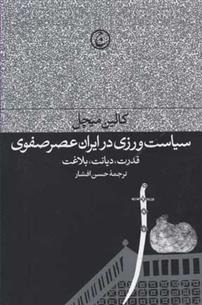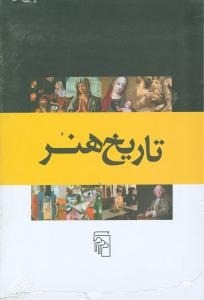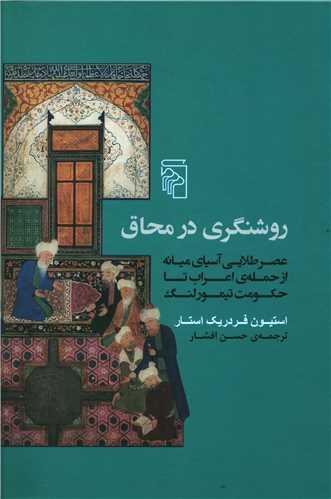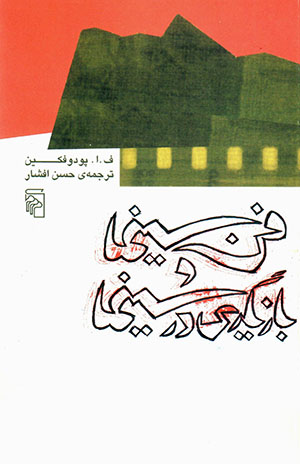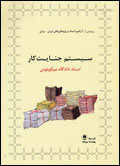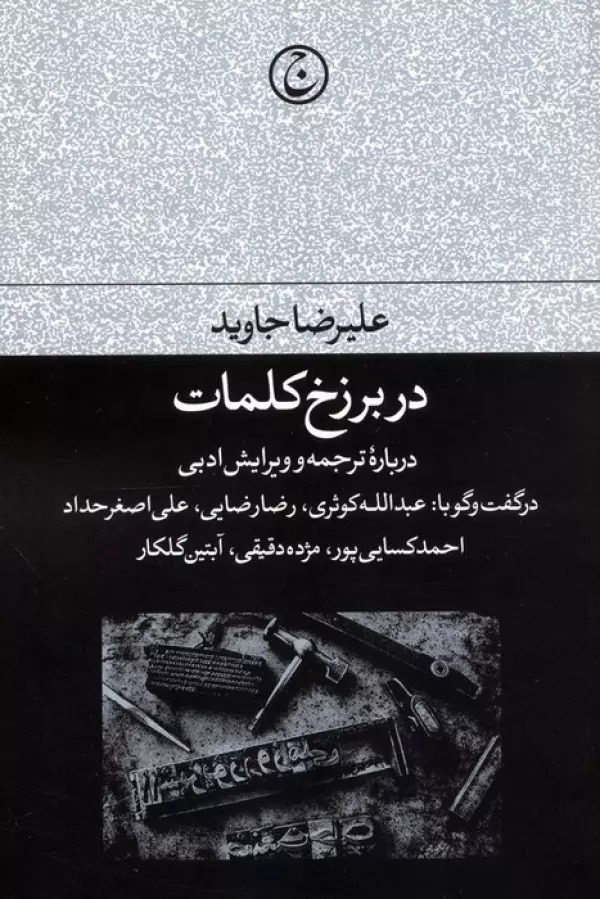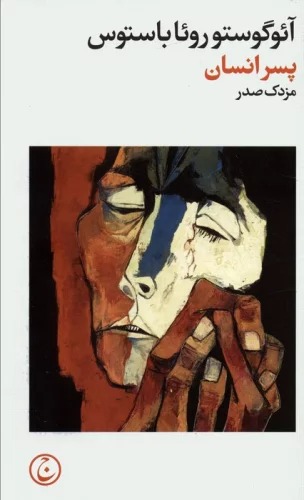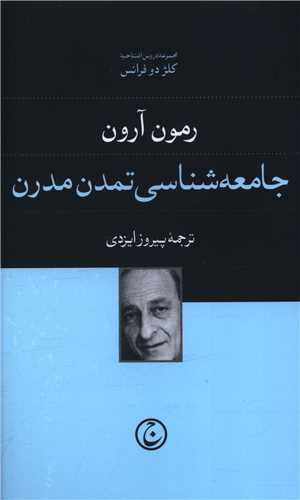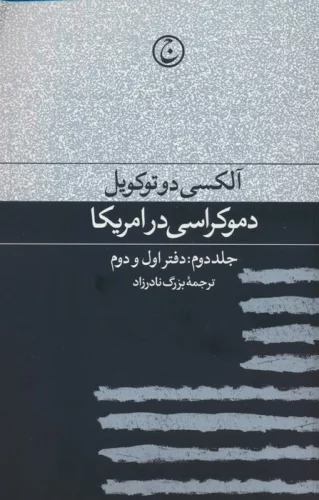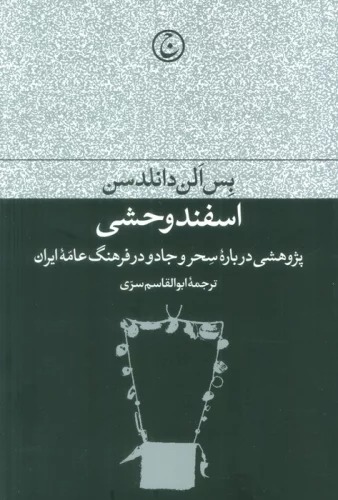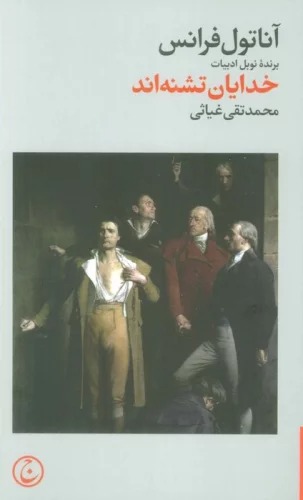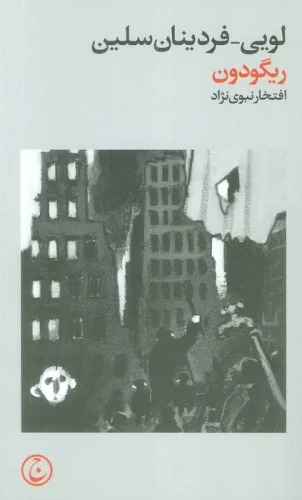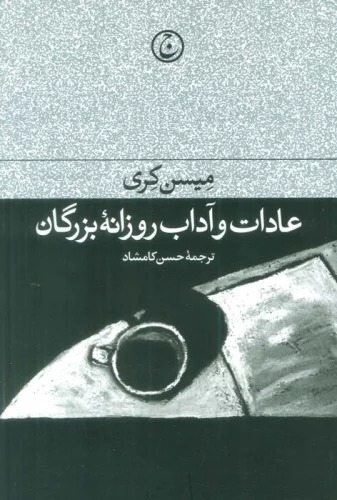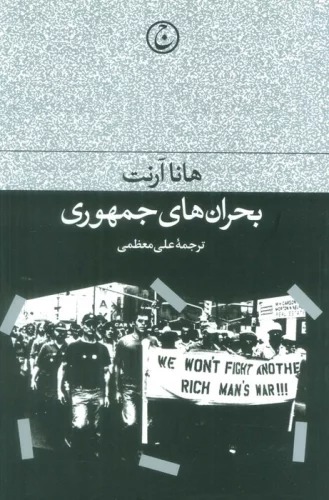Sīyāsat'varzī dar Īrān-i 'Aṣr-i Ṣafavī: Persian 1402
سیاست ورزی در ایران عصر صفوی
17.03 £
Share
Wishlist
Original Title:
The Practice of Politics in Safavid Iran: Power
,
Religion and Rhetoric
ISBN:
9786008209102
Translator:
Ḥassan Afshār
Publisher:
Farhang-i Javid
Age Group:
Adult
Pages:
447
Weight:
504 g
Dimensions:
14 x 21 x 4 cm
Book Cover:
Paperback
The Safavid dynasty originated as a fledgling apocalyptic mystical movement based in Iranian Azarbaijan, and grew into a large, cosmopolitan Irano-Islamic empire stretching from Baghdad to Herat. Here Colin Mitchell examines how the Safavid state introduced and moulded a unique and vibrant political discourse which reflected the social and religious heterogeneity of sixteenth-century Iran. Beginning with the millenarian-minded Shah Isma'il and concluding with the autocrat par excellence, Shah 'Abbas, Mitchell explores the phenomenon of state-sponsored rhetoric. He focuses on the large corpus of epistles, letters and missives produced by a developed Safavid chancellery which show how the Safavids forged and negotiated their political and religious sovereignty in a diverse and complex environment. A thorough investigation of the Safavid state and the significance of rhetoric, power and religion in its functioning, The Practice of Politics in Safavid Iran is indispensable for all those interested in Iranian history and politics as well as the wider world of Middle East studies.
more
مرکزیت تشیع دوازده امامی در طرح توسعه شاهنشاهی صفوی قابل انکار نیست، اما انبوهی از عوامل مهم دینی و قومی و سیاسی نیز در سده شانزدهم ایفای نقش می کردند. اصلا پیش فرض کتاب حاضر همین است که مدعیات ایدئولوژیکی صفویه در قرن شانزدهم بازتاب همین تنوع بی سابقه بود و این که همین نرمش پذیری آن ها امکان گذارشان از قالب نهضت عرفانی محلی به سطح یک شاهنشاهی سیاسی و ظهورشان به عنوان دولت اسلامی پیشامدرن بالنده را فراهم آورد. در این میان شناخت از نقش دبیرخانه صفوی و دیوان انشا یا دارالانشا به فهم ما از خودشناسی جمعی نخبگان در ایران سده شانزدهم یاری خواهد داد، چراکه اسناد مکاتبات دیپلماتیک دربار صفوی شاخص مهمی در مورد این مقوله تغییر مشروعیت ها در سده شانزدهم است، آن هم وقتی چنین قالب گفتمانی (عرفانی، منجی گرایانه، روحانی سالارانه، شاهانه، شاهنشاهی) در زمان نسبتا کوتاهی یکی پس از دیگری اتخاذ و تعویض می شوند. اما همواره یک اصل مرکزیت داشت: شاهان صفوی باید به نیابت از امامان شیعه نیز حکومت می کردند و خود را متولی مذهب شیعه و نماینده تام الاختیار اهل بیت می نمایاندند و...
more

